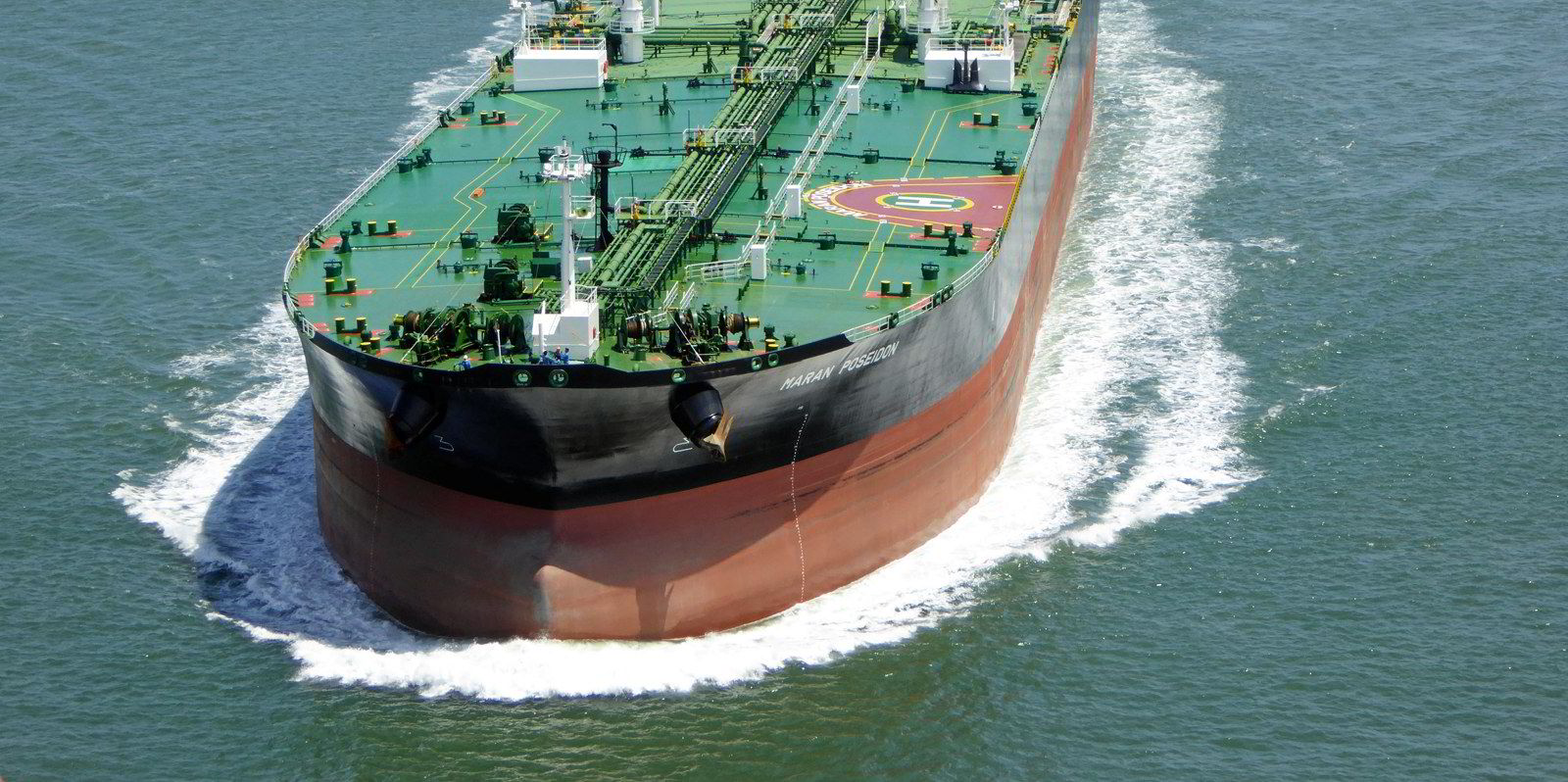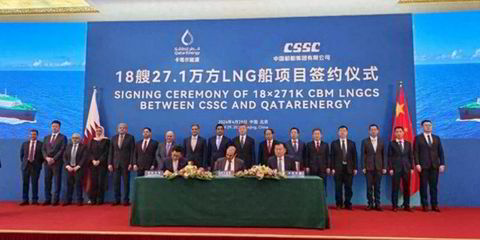Shipbroker BRS has tallied a fall in the number of large tankers being sold secondhand for the first time in seven years.
Compared to 2022, the total volume of VLCCs and suezmaxes changing hands dropped nearly 12% last year, with 41 fewer transactions, the company said.
“Nevertheless, the values and the activity remained quite strong,” BRS added.
The broker noted a continued preference for older units among buyers in 2023, with 77% of deals involving tankers aged over 10 years. Of these, just over 46% were 15 years old or older.
This has now changed as Western sanctions hit the trade in Russian oil, with buyers focusing on younger ships.
Owners of older tankers were happy to offload their veteran vessels into India, China and the Middle East, but those controlling modern tonnage “saw no point in selling their ships today, anticipating an even better market tomorrow”, the broker said.
“Their price ideas were logically too aggressive for most buyers,” BRS explained.
“It is likely that 2024 will prove to be very much in line with what we lived in 2023,” the brokerage said.
“Geo-ecopolitical disruptions and crises will probably prevail over environmental concerns and decarbonisation.
“Not that tanker owners disregard the urgent need for a greener fleet and a more environmentally friendly approach to their business — on the contrary — but the safety of their crew and of their ships must be prioritised,” it added.
Prices rising quickly for 10-year-old ships
The first quarter is ending with bigger asset-value gains for 10-year-old eco tankers, BRS said.
During March, VLCCs and suezmaxes of this vintage, along with MR2 product tankers, are estimated to have seen the largest gains, rising by roughly 12% on average compared to the end of 2023.
These are double the average gains across all tanker asset classes and ages.
Cash from secondhand sales has been recycled into newbuilding orders, the broker argued.
There were 95 firm tanker contracts in the January to March period.
VLCCs made up 25% of these, with suezmaxes accounting for 27%.
This is up from 2% and 5%, respectively, in the same period of 2023.
The orderbook for ships above 34,000 dwt now equates to 11% of the active fleet, the highest level since 2018.
“We expect the sale-and-purchase and newbuilding activity trend towards the largest crude tanker units and product tanker units to continue into the next quarter,” BRS concluded.






